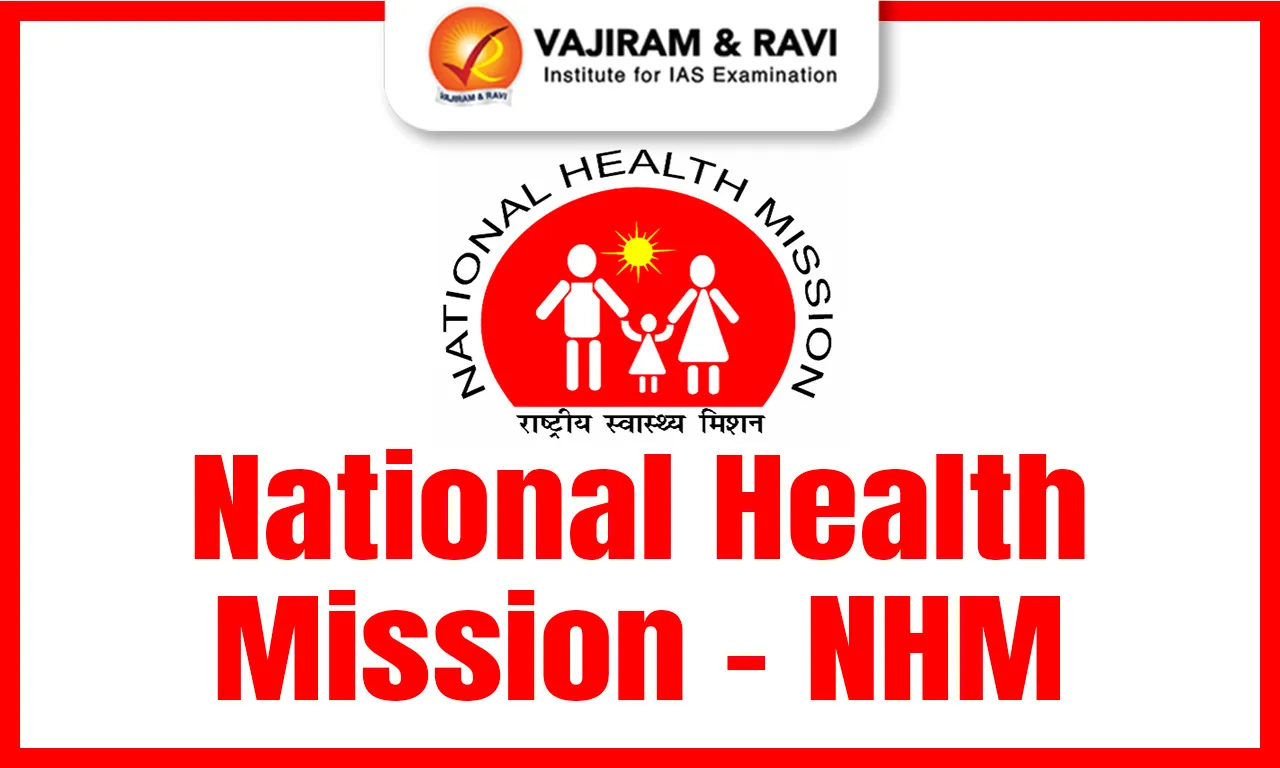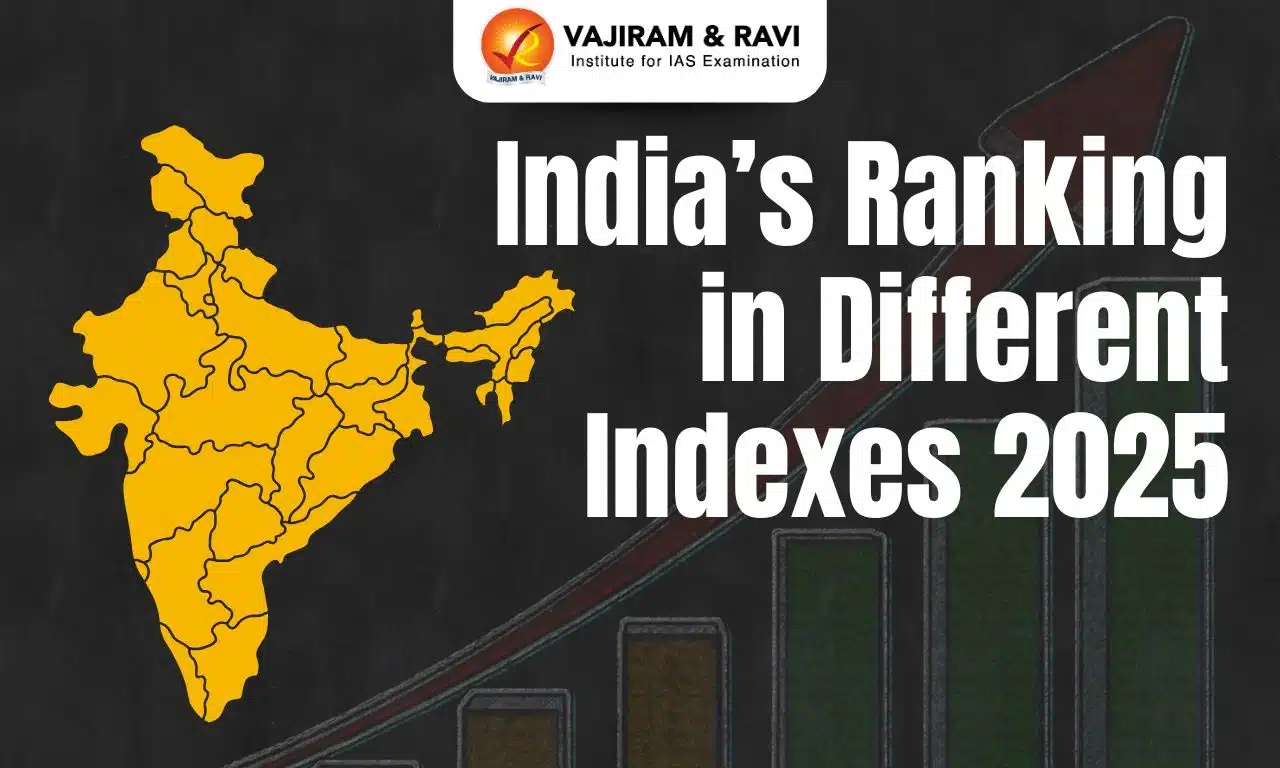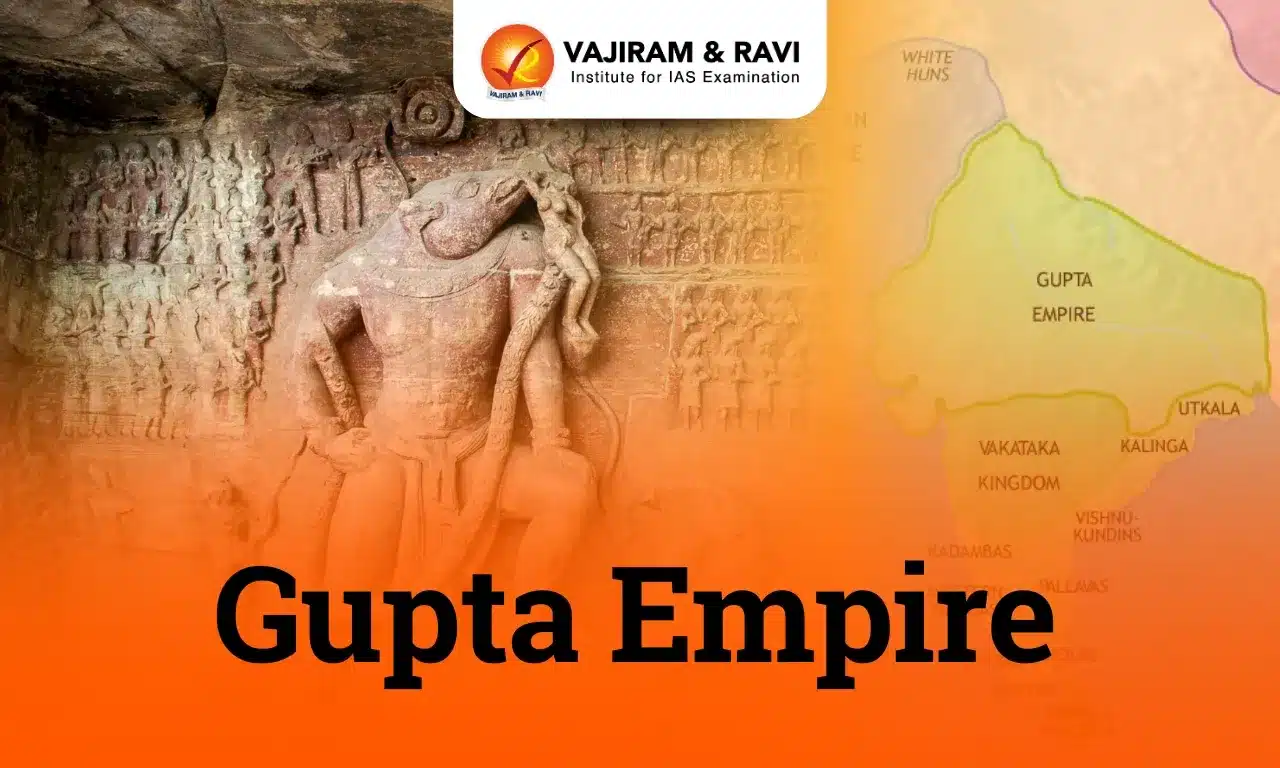National Health Mission (NHM) has been a key initiative by the Government of India to provide affordable healthcare to its citizens, particularly in rural and underserved areas. Launched in 2005, the mission has undergone various transformations and is a critical part of India's healthcare framework. As India continues to work towards achieving universal health coverage, NHM plays a crucial role in ensuring the accessibility, availability, and quality of healthcare services.
National Health Mission Overview
National Health Mission (NHM) was launched by the Government of India in 2013 subsuming the National Rural Health Mission (Launched in 2005) and the National Urban Health Mission (Launched in 2013).
- Extension: The scheme has been extended multiple times, with the most recent extension for the continuation of the NHM till 2026 or further review, whichever is earlier, subject to the adherence to Expenditure Finance Committee’s recommendations and the financial ceilings, etc.
- Aim: The NHM strives to ensure universal access to affordable, equitable, and quality healthcare services, emphasizing accountability, responsiveness, and inter-sectoral action to address broader social health determinants.
Components of National Health Mission
Under NHM, support to States/UTs is provided for five key programmatic components. These are as follows:
- Strengthening health systems through infrastructure, human resources, essential drugs and equipment, ambulances, mobile medical units (MMUs), and ASHAs under the National Rural Health Mission (NRHM) and National Urban Health Mission (NUHM).
- RMNCH+A: Reproductive-Maternal- Neonatal-Child and Adolescent Health
- Communicable Disease Control Programmes
- Non-Communicable Diseases Control Programme interventions up to the District Hospital level
- Infrastructure Maintenance: To support the salary of Auxiliary Nurse Midwife (ANM) and Lady Health Assistant (LHV).
National Health Mission Objectives
The objective of the National Health Mission (NHM) is to ensure universal access to quality healthcare services, focusing on maternal and child health, disease prevention, population stabilization, and promoting healthy lifestyles. These are explained below:
- Universal access to public services for food, nutrition, sanitation, hygiene, and healthcare, with a special emphasis on women’s and children’s health and universal immunization.
- Reduction in child and maternal mortality.
- Prevention and control of communicable and non-communicable diseases, including locally endemic diseases.
- Access to integrated comprehensive primary health care.
- Population stabilization, gender, and demographic balance.
- Revitalize local health traditions & mainstream AYUSH.
- Promotion of healthy lifestyles.
National Health Mission Funding
National Health Mission is funded by both the central and state governments. The funding model is designed to ensure that resources are allocated effectively to various healthcare components, particularly those serving marginalized and rural populations.
- Central and State Sharing: Implementation by State governments with financial and technical support from the central government.
- Fund sharing is 60:40 between the Central Government and States (90:10 for Northeastern states, including Sikkim).
- Global Partnerships: The mission has also attracted support from international organizations, including the World Bank and Bill & Melinda Gates Foundation, to address specific health challenges.
National Health Mission Achievements
The NHM has achieved several milestones since its inception, contributing to India's progress in improving health outcomes and achieving its health-related goals. The followings are key achievements of National Health Mission:
- Improved Health Outcomes: NHM has significantly improved key health indicators, reflecting better maternal and child health.
- Maternal Mortality Rate (MMR): Reduced from 130 per lakh live births (2014-16) to 97 per lakh (2018-20).
- Under-5 Mortality Rate (U5MR): Dropped from 45 per 1,000 live births (2014) to 32 per 1,000 live births (2020).
- Infant Mortality Rate (IMR): Declined from 39 per 1,000 live births (2014) to 28 per 1,000 live births (2020).
- Total Fertility Rate (TFR): Decreased from 2.3 (2015) to 2.0 (2020, as per NFHS-5).
- Disease Elimination and Control: The mission has achieved notable success in combating communicable diseases and ensuring mass immunization.
- Tuberculosis (TB): Incidence dropped from 237 cases (2015) to 195 cases per 1,00,000 population (2023).
- Malaria: Cases decreased by 13.28% in 2021 compared to 2020, with deaths reducing by 7.77% by 2023.
- Kala-Azar: Successfully eliminated in 100% of endemic blocks by 2023.
- Measles-Rubella Campaign: Vaccinated 34.77 crore children, achieving 97.98% coverage.
- Specialized Health Initiatives: NHM has introduced targeted programs to address specific health challenges across diverse populations.
- National Sickle Cell Anemia Elimination Mission (2023): Screened 2.61 crore individuals, primarily in tribal regions.
- Pradhan Mantri TB Mukt Bharat Abhiyaan: Mobilized 1.56 lakh Ni-kshay Mitra volunteers to support 9.40 lakh TB patients.
- Pradhan Mantri National Dialysis Programme (PMNDP): Conducted 62.35 lakh hemodialysis sessions for 4.53 lakh patients during FY 2023-24.
- COVID-19 Pandemic Response: NHM played a pivotal role in managing the pandemic through vaccination and healthcare preparedness.
- Over 220 crore doses were administered from January 2021 to March 2024, covering 85% of the eligible population with at least one dose.
- Healthcare capabilities were enhanced through the India COVID-19 Emergency Response and Health Systems Preparedness Package (ECRP).
- Digital Health Innovations: NHM has leveraged technology to improve healthcare delivery and real-time tracking systems.
- U-WIN Platform (2023): Enabled real-time vaccination tracking across 65 districts.
- Ayushman Arogya Mandir (AAM): 1.72 lakh centers operational, offering 12 key healthcare services.
- Healthcare Infrastructure: Strengthening infrastructure has been a priority, with enhanced facilities at grassroots levels.
- Public Health Facilities Certification: 7,998 facilities certified under National Quality Assurance Standards (NQAS).
- 24x7 Primary Health Centers (PHCs): 12,348 PHCs converted to 24x7 services., marking a 40% increase in availability.
- Mobile Medical Units (MMUs): 1,424 MMUs operational, supported by the MMU Portal.
- The National Health Mission (2021-26) seeks to ensure the achievement of the following indicators.
- Reduce Maternal Mortality Rate (MMR) to 87 per 1 lakh
- Reduce Infant Mortality Rate (IMR) to 22 per thousand
- Reduce Total Fertility Rate (TFR) to 2.0 at national level
- Achieve the operationalization of 1.5 lakh Ayushman Arogya Mandir (erstwhile AB-HWC)
These improvements indicate that India is on track to meet its SDG targets for maternal, child, and infant mortality well ahead of 2030.
NHM Major Initiatives
Initiatives under the National Health Mission (NHM) aim to strengthen healthcare delivery across India by focusing on comprehensive primary care, disease management, maternal and child health, and digital health innovations. These efforts encompass a range of programs designed to enhance accessibility and improve health outcomes, as outlined below:
- Health and Wellness Centres (HWCs): Establishing 1.5 lakh centers to deliver comprehensive primary healthcare, including non-communicable disease management and maternal-child health services.
- Ayushman Bharat Pradhan Mantri Jan Arogya Yojana (AB PM-JAY): World’s largest health assurance scheme, offering ₹5 lakh per family annually for secondary and tertiary care; 28.45 crore Ayushman Cards issued as of December 2023.
- Janani Shishu Suraksha Karyakram (JSSK): Ensures free deliveries (including caesareans) and care for pregnant women and sick infants in public health facilities, covering drugs, diagnostics, transport, and diet.
- Rashtriya Bal Swasthya Karyakram (RBSK): Screens 27 crore children (0–18 years) for diseases, birth defects, and developmental delays, with free treatment, including surgeries, for diagnosed conditions.
- National Digital Health Mission (NDHM): Provides Health IDs for digital health records, ensuring continuity of care; as of December 2023, 50 crore individuals have unique IDs for seamless healthcare access.
- Pradhan Mantri Swasthya Suraksha Yojana (PMSSY): Focuses on upgrading healthcare facilities and creating state-of-the-art medical institutions.
- Other Major Initiatives:
- Free Drugs and Diagnostics Service Initiative: Offers essential medicines and tests at no cost.
- Pradhan Mantri National Dialysis Programme (PMNDP): Provides subsidized dialysis sessions nationwide.
- Tribal TB Eradication Project: Focuses on eliminating tuberculosis in tribal areas.
- Mobile Medical Units (MMUs): Enhances healthcare access in remote regions.
- Mission Indradhanush: This initiative aims to increase immunization coverage for children and pregnant women.
National Health Mission Challenges
Despite its achievements, the National Health Mission faces several challenges that hinder its full potential in delivering quality healthcare to all citizens. These are explained below in detail:
- Infrastructure Limitations: Many rural areas still lack adequate healthcare infrastructure, such as primary health centers, hospitals, and medical staff.
- Human Resource Shortages: A shortage of qualified medical professionals, including doctors and nurses, especially in rural areas, remains a significant challenge.
- Health Financing: Insufficient funds allocated to the healthcare sector and delays in fund disbursement can hamper the effective implementation of health programs.
- Quality of Services: While healthcare access has improved, the quality of healthcare services remains a concern in many regions, particularly in government-run facilities.
- Socio-Cultural Barriers: Socio-cultural factors, including gender biases and illiteracy, can prevent marginalized communities from accessing healthcare services.
- Non-compliance with Centre Guidelines: Some states have not adhered to the Centre-mandated branding and design guidelines for Ayushman Bharat Health and Wellness Centres (AB-HWCs), undermining the program's national identity and uniform implementation.
- For instance, Punjab renamed HWCs as "Aam Aadmi Clinics," while Kerala, West Bengal, and Tamil Nadu used alternative colors and terms.
- Partial Implementation: Incomplete adherence to NHM standards by some states has slowed the program's full-scale execution.
- For instance, Telangana included only some branding elements, while Andhra Pradesh and Odisha showed substantial but incomplete compliance.
- Lack of Activity Implementation: Some states failed to implement key activities under NHM, reducing program impact on healthcare delivery.
- For instance, Punjab did not execute core activities under Ayushman Bharat, prompting the Centre to flag non-performance.
National Health Mission Way Forward
To overcome these challenges and build a stronger healthcare system, the following steps are essential:
- Strengthening Primary Healthcare: Focus on improving the quality of primary healthcare services by expanding infrastructure, upgrading facilities, and increasing the number of trained healthcare workers.
- Private Sector’s Role: The private sector has the potential to bridge the gaps in the public health system, but a collaborative approach is needed to ensure equity in service provision.
- Public-Private Partnerships (PPP): Engaging the private sector to bridge gaps in service delivery, infrastructure, and technology, while ensuring equity.
- Community-Based Health Interventions: Enhancing community health programs, such as ASHA, to promote health awareness and preventive care.
- Increased Investment: Allocating more resources to the healthcare sector to meet the growing demand for health services and improve overall healthcare delivery.
- Telemedicine and Technology: Leveraging technology to improve access to healthcare services, especially in remote areas, through telemedicine and digital health platforms.
National Health Mission UPSC PYQs
Question 1. “Besides being a moral imperative of the Welfare State, primary health structure is a necessary pre-condition for sustainable development.” Analyze. (UPSC Mains 2021)
Question 2. Appropriate local community-level healthcare intervention is a prerequisite to achieve ‘Health for All’ in India. Explain. (UPSC Mains 2018)
Question 3. Public health system has limitations in providing universal health coverage. Do you think that the private sector can help in bridging the gap? What other viable alternatives do you suggest? (UPSC Mains 2015)
Last updated on December, 2025
→ Check out the latest UPSC Syllabus 2026 here.
→ Join Vajiram & Ravi’s Interview Guidance Programme for expert help to crack your final UPSC stage.
→ UPSC Mains Result 2025 is now out.
→ UPSC Notification 2026 is scheduled to be released on January 14, 2026.
→ UPSC Calendar 2026 is released on 15th May, 2025.
→ The UPSC Vacancy 2025 were released 1129, out of which 979 were for UPSC CSE and remaining 150 are for UPSC IFoS.
→ UPSC Prelims 2026 will be conducted on 24th May, 2026 & UPSC Mains 2026 will be conducted on 21st August 2026.
→ The UPSC Selection Process is of 3 stages-Prelims, Mains and Interview.
→ UPSC Result 2024 is released with latest UPSC Marksheet 2024. Check Now!
→ UPSC Prelims Result 2025 is out now for the CSE held on 25 May 2025.
→ UPSC Toppers List 2024 is released now. Shakti Dubey is UPSC AIR 1 2024 Topper.
→ UPSC Prelims Question Paper 2025 and Unofficial Prelims Answer Key 2025 are available now.
→ UPSC Mains Question Paper 2025 is out for Essay, GS 1, 2, 3 & GS 4.
→ UPSC Mains Indian Language Question Paper 2025 is now out.
→ UPSC Mains Optional Question Paper 2025 is now out.
→ Also check Best IAS Coaching in Delhi
National Health Mission FAQs
Q1. What is the National Health Mission?+
Q2. Who is the founder of the National Health Mission?+
Q3. What is the mission statement for the National Health Service?+
Q4. What is the aim of NRHM?+
Q5. Who is the CEO of NHM?+
Tags: national health mission quest UPSC Social Justice Notes

















